You are here
Back to topEU Strengthens Inspections of Vietnamese Durians Over Pesticide Residue Violations
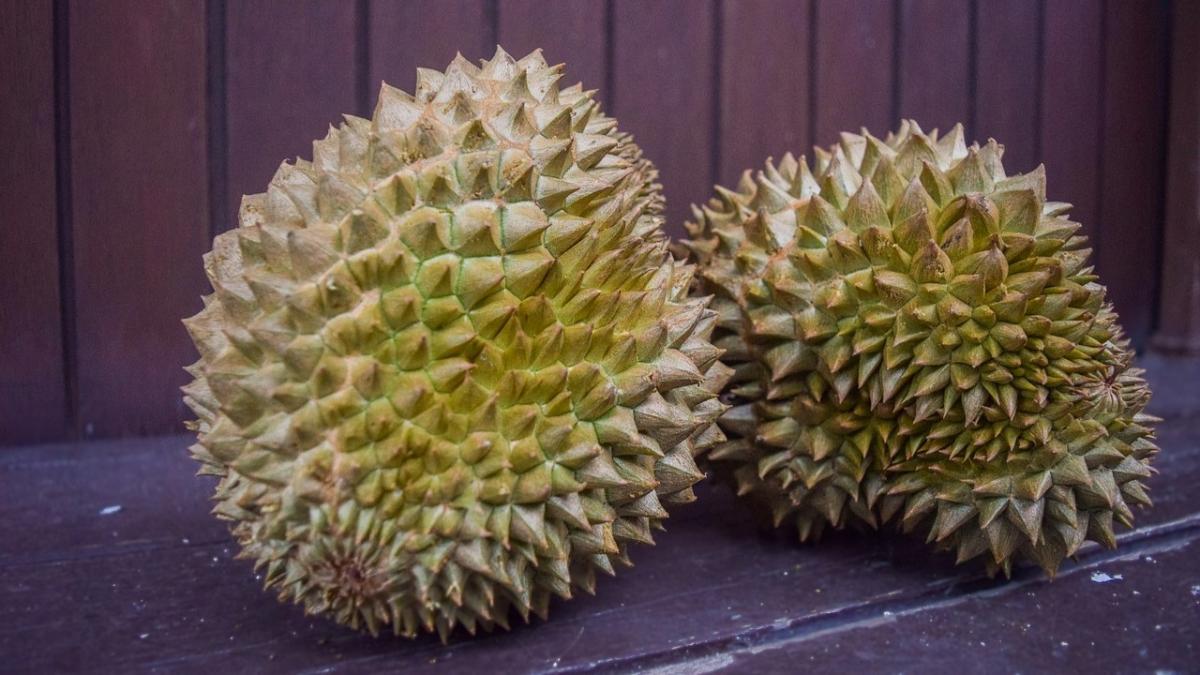
According to a report by Vietnamese news outlet Nông Nghiệp Việt Nam, the European Union has temporarily increased its border inspection rate for Vietnamese durians from 10% to 20% owing to non-compliance with pesticide residue regulations.
For dragon fruit, chiles and okra, the European Union has maintained its current inspection rates of 30%, 50% and 50%, respectively. All three products must be accompanied by pesticide residue analysis reports when imported into the European Union.
Ngo Xuan Nam, deputy director of the Vietnam Sanitary and Phytosanitary Notification Authority and Enquiry Point, stated that Vietnamese durians exported to the European Union contain high levels of pesticide residues, including carbendazim, fipronil, azoxystrobin, dimethomorph, metalaxyl, lambda-cyhalothrin and acetamiprid.
The European Union’s maximum residue levels for these substances range from 0.005 to 0.1 milligrams per kilogram. However, Vietnamese durians exported to the European Union have been found to display values ranging from 0.021 to 6.3 milligrams per kilogram, exceeding the permissible limits by multiple times.
In addition to Vietnamese durians, agricultural products from other countries, such as Indian cumin seeds, Indian okra, Madagascan black-eyed peas and Rwandan chiles, have also faced increased inspection rates by the European Union.
However, the European Union has not moved these products, including Vietnamese durians, to Annex II, which requires food safety certification and port inspections, and has kept them still under Annex I, which requires only port inspections. Some Vietnamese agricultural products, such as dragon fruit, chiles and okra, are already listed under Annex II.
Image: Pixabay
This article was translated from Chinese. Read the original article.



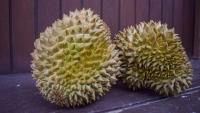
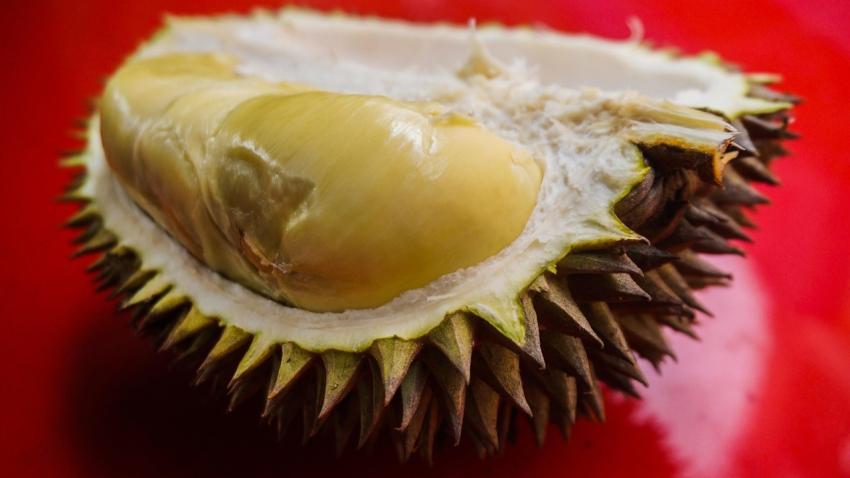
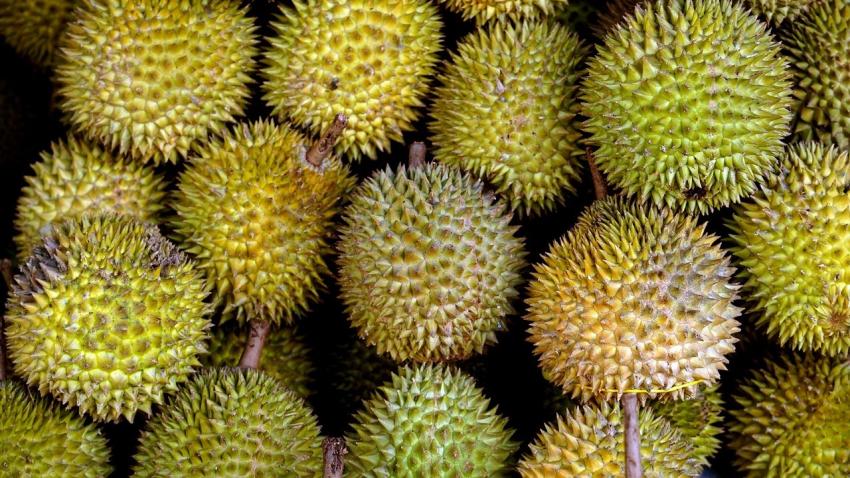
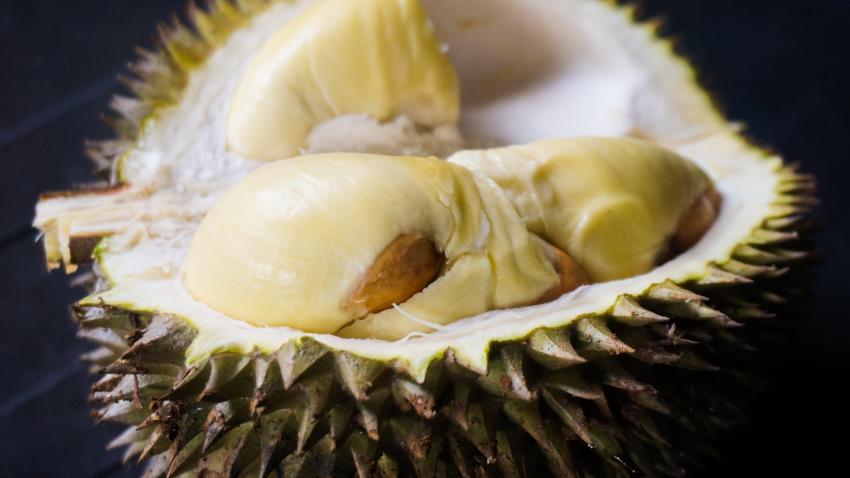








Add new comment